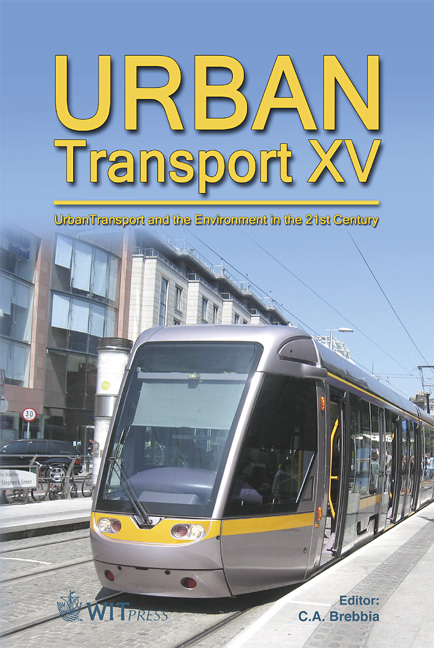Performance Measures For Managing Urban Traffic Signal Systems
Price
Free (open access)
Transaction
Volume
107
Pages
9
Page Range
167 - 175
Published
2009
Size
452 kb
Paper DOI
10.2495/UT090161
Copyright
WIT Press
Author(s)
D. M. Bullock & C. M. Day
Abstract
Most urban traffic control systems go through a rather rigorous design phase based upon a set of fixed design volumes that do not capture the stochastic variation in traffic due to weather, incidents, special events, and shifting demand patterns. Once these systems are built, their operation is relatively open loop, with public feedback (complaints) often the primary feedback for assessing operations and initiating changes. This paper describes procedures and case studies that illustrate how fundamental traffic engineering concepts can be integrated with traffic signal system detection and controller status information to provide real time performance measures. These performance measures characterize the operation of a traffic signal system and identify operation improvement opportunities. Several example performance measure graphics are provided to illustrate how these tools can be used for making operations decisions, evaluating field deployments, and preparing reports for decision makers. The paper concludes by discussing how these performance measures can be extended to include other surface transportation modes, particularly pedestrians, railroads, and transit. Keywords: traffic signal, performance measure, priority, arterial.
Keywords
traffic signal, performance measure, priority, arterial





